European swimsuit: description, fit and care

The European swimsuit belongs to the buttercup family. In Russia, it can be found in the wild in forest glades and meadows, where moisture is abundant. However, it grows in the desert and tundra, in the subalpine and alpine territories.
The flower looks bright in any weather and in any climatic zone, but it especially attracts the eye against the background of the blue sky and in coastal areas of water. 7 varieties and 19 species of this perennial plant grow in Russia.
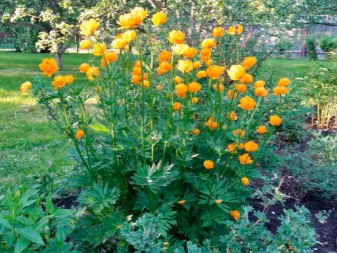
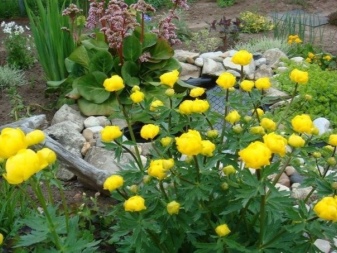
Peculiarities
The name of the European swimsuit comes from the German Trollblume, which means "troll flower". In translation, troll means a ball - these are the inflorescences of Trollius europaeus. The plant also has its own popular names, they depend on the region in which it grows, but kupava and trollius originated from the official versions of the name.
There is a beautiful description of the legend associated with one of the versions of the name of this flower. - when summer residents find out about her, they definitely want to plant it in their garden. There is a belief that during the flowering period of the swimsuit at dawn after the full moon in the middle of the flower you can find a sleeping troll who fell asleep after a hard night. But another name comes from the flowering period on the holiday of Ivan Kupala and the day of Agrafena the Bathing Lady.

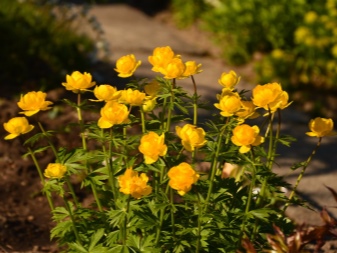
The root of the bathing suit is poisonous, and the ground part is not only aesthetically attractive, but also useful for livestock as feed and is used in folk medicine. In ancient times, fabrics were dyed with its yellow juice. Trolliuses grow in a lush bush 60-90 cm in length, on which dozens of double inflorescences up to 8 centimeters in diameter can bloom at the same time. Each flower consists of 20 sepals. They attract bees with their pleasant scent. The bather is considered a good honey plant.
A feature of the growth of this meadow plant is a temperate climate.
It gives color in late spring - early summer, mainly shades of yellow and orange combined with green.
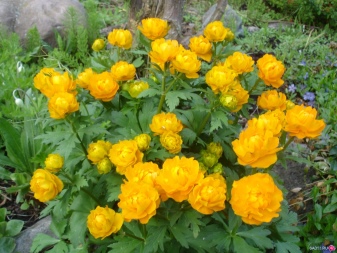

How to plant correctly?
August is a suitable month for planting kupava. It belongs to frost-resistant plants, but if it does not have time to take root before the cold weather, it will wither. But it is necessary to transplant the kupava in July after it has completely faded. This is a favorable time for such events, since the plant has a dormant period.
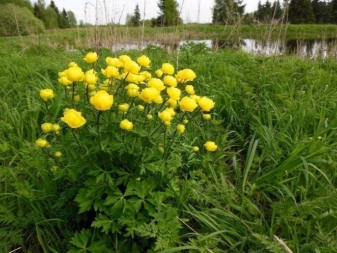
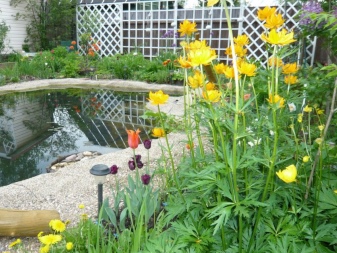
The process is pretty straightforward.
- Make a hole in a new location.
- The bush is carefully dug out, while not shaking it off the ground, so as not to affect the delicate and thin root system and to protect it from drying out.
- A plant is placed in the hole; with loose soil, drainage can be dispensed with. In other cases, it is done at a level of 10 cm.
- The roots fall asleep, watering is provided for the new planting.
- After 3-5 days, check if the plant has taken root.
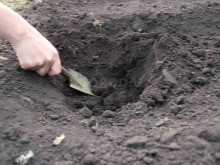
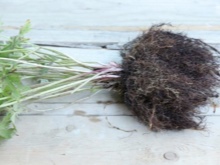
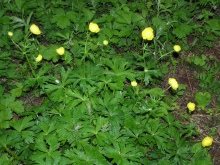
If you follow all the agrotechnical points, the beds with the transplanted flower will delight you with bright flowering by the next season.
How to care?
The European bathing suit will not take much of your time to care for it. In a timely manner, it is necessary to weed, loosen the soil and provide the plant with moisture. It is better to mulch the soil; humus or peat is suitable for this. The culture cannot be left without watering, it loves water, so it must be watered until autumn.
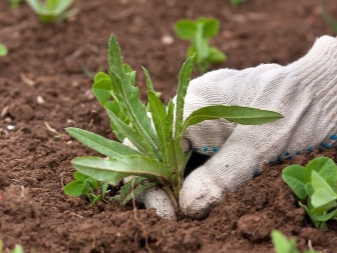

Watering
In the heat and dry period, the flower will require a lot of moisture, this should be monitored regularly. Mulching will help keep the soil moist longer, but stagnant groundwater can lead to root rot.Therefore, it will be necessary to find that golden mean that will help protect the trollius from the disease of the underground part and ensure its normal development.
Young seedlings of a plant in the first year of life are especially sensitive to errors in watering. In the fall, the amount of water is halved to enable the bath to prepare for winter sleep. For the normal growth and development of the swimsuit, a supplement of nutrients will be required.
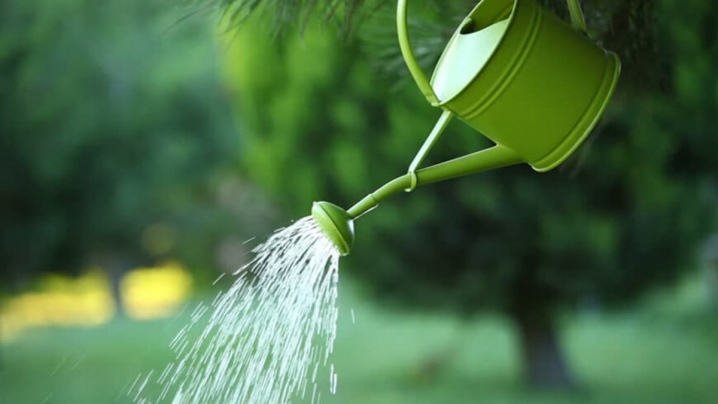
Top dressing
Trolliuses grow better on moist, enriched soils, it is desirable that it contains clay, which will retain water longer. Peat is mixed into the substrate in a ratio of 2: 1. Spring feeding with nitrogen has a beneficial effect on the development of the bushes, and in the fall, superphosphates are introduced into the soil and enriched with ash. The bases of the stems are recommended to be regularly sprinkled with humus.
Every 4 years, fertilizers from phosphorus and potassium are applied to the soil where this perennial plant grows.
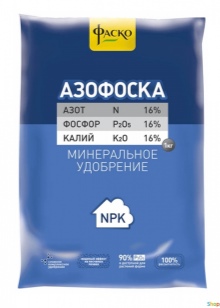
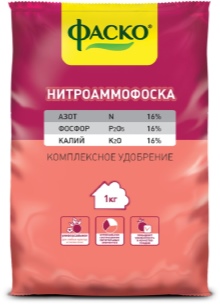

Such feeding will help to form large chic buds, which will lead to abundant flowering. And in each season, the following recipe options will help keep the inflorescences in good shape:
- a solution of 1 teaspoon of nitrophosphate in a bucket of water;
- 1 tablespoon of urea in 10 liters of water;
- complex fertilizers for flowering plants.
This top dressing is recommended to be carried out at the end of spring with an interval of several weeks. The measures for the care of the European swimsuit include pruning of faded heads, this is necessary for secondary flowering. The plant is frost-hardy; no special measures need to be taken for the winter. In one place it can grow up to 10 years, after which it is advisable to find another place for the curtain.
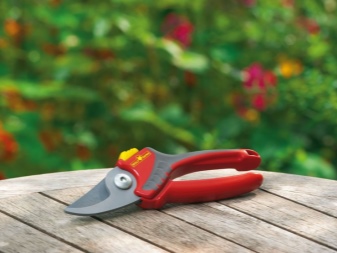
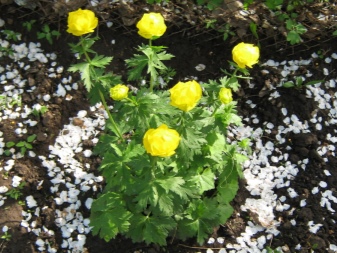
Reproduction
The European swimsuit reproduces in two ways: by seeds and by dividing the bush.
Seeds
Sow them in the fall immediately after harvest. If you do this later, then the seedlings may not be seen. For better germination, the seeds are placed in moistened sand, the appropriate air temperature is created - within 5 degrees Celsius. Then they make small depressions in the open ground, spread the seed, after watering they cover it with earth, lightly tamping the soil with your hand.
They are left without shelter to hibernate. Shoots appear in the spring. If necessary, they are thinned out. Bathers grown in this way will bloom only in the third year, so this method is not often used.
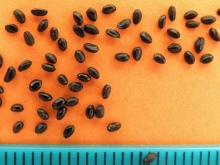
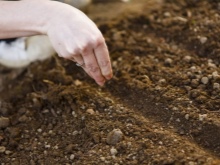
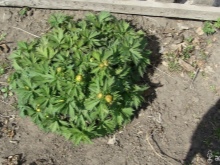
By dividing the bush
This is done in early spring before flowering or in early autumn at the very beginning of September. It is believed that in the latter case it is even more effective. Holes are made, and the bush is divided in such a way that there are buds on each part. Planting is carried out taking into account that the root collar goes a few centimeters into the ground.
After that, it is imperative to recommend mulching, and only then water. After 3-4 days, fertilizers are allowed.
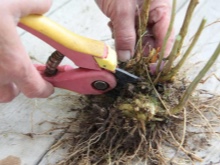


The European bather is one of those few plants that do not need special care, which is why it is so fond of gardeners.
Diseases and pests
A strong and viable kupava rarely becomes infected with diseases, and it is practically not attacked by pests, however, troubles can be from a fungus. Here you need to understand that it is almost impossible to defeat septoria and smut, and therefore the best way is prevention. In order to avoid fungal diseases, it is necessary to remove dying leaves from time to time, this is especially important to do in the fall. During pruning, the affected plants are removed.
Wood ash will also help to cope: it is sprinkled with bushes during their cleaning of old leaves in the autumn, and in early spring the soil is treated with ash. At the beginning of flowering, it is recommended to spray the flower with Epin solution.
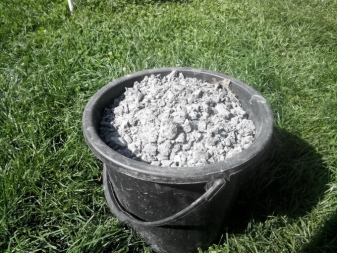

Use in landscape design
Landing only European swimsuits are used as decor in landscape design, where bright large spots need to be emphasized. Trolliuses are also used in various compositions in the form of pictorial free associations.
They will stand out in elevated open places, on the edges where light falls. Kupava feels good next to a stone on the alpine hills. Unique decorative bouquets from a bathing suit can last for a long time, flowers are suitable for any picturesque compositions.

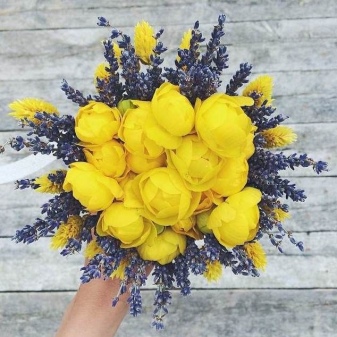
For more information about the European swimsuit, see the next video.







































































































The comment was sent successfully.